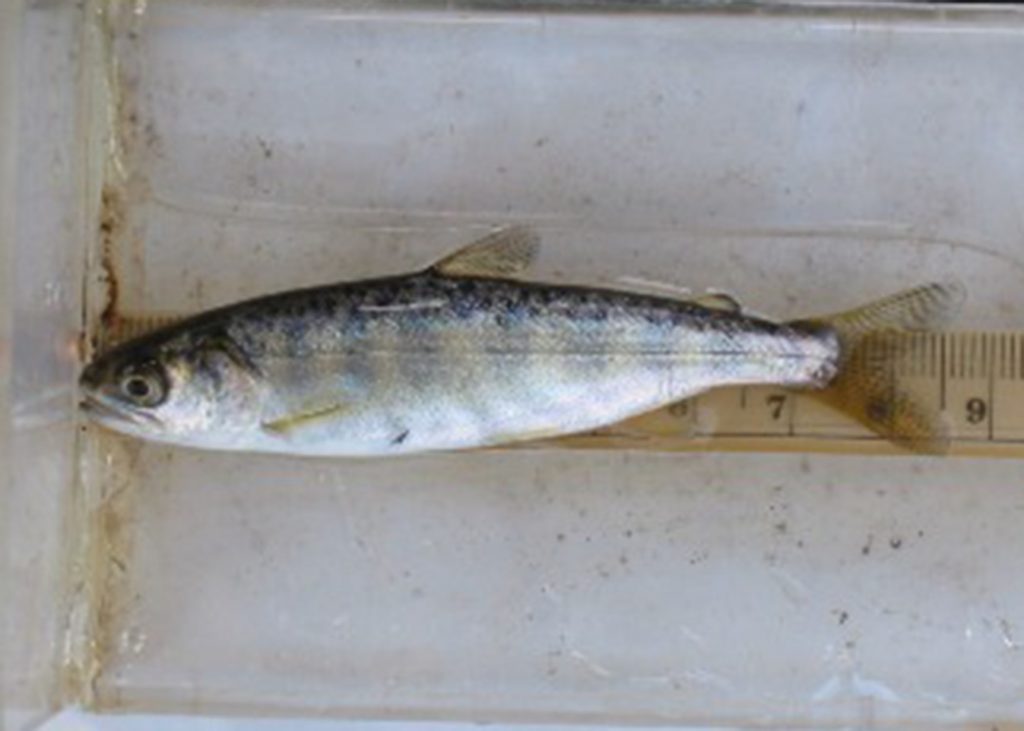
Koke Or Baby King? ODFW Reminds Detroit Res. Anglers Of Differences
THE FOLLOWING IS A PRESS RELEASE FROM THE OREGON DEPARTMENT OF FISH AND WILDLIFE
Anglers are having some success catching kokanee in Detroit Reservoir lately, thanks in part to the new bonus bag limit of 5 kokanee. But ODFW is also hearing from anglers that targeting kokanee is resulting in quite a few inadvertently hooked juvenile Chinook salmon too.

Chinook salmon must be gently released back into the water, not kept. To prevent and minimize injuries to Chinook, ODFW encourages anglers to pinch down the barbs on your hook to safely release the fish, or see this page for more tips,https://myodfw.com/articles/catch-and-release-tips-reduce-fish-mortality
Anglers fishing in Detroit Reservoir should to be aware of the physical differences between Chinook salmon and kokanee. Kokanee have no spotting on the dorsal surface, a deeply forked tail with each tail lobe ending at a point; the mouth is smaller, with the mandible usually not extending past the eye and are very silvery and small-scaled. Chinook have fine spots along the dorsal surface, forked tail, but tail lobes are rounded; mouth larger with mandibles extending past the eye (see this page and photos below for images, http://www.eregulations.com/oregon/fishing/fish-species-identification/)

Most Chinook caught by anglers are smaller than kokanee (4-7 inches versus 10-14 inches) but occasionally larger Chinook are caught.
Upper Willamette spring Chinook are listed as Threatened on the federal Endangered Species list, so all harvest is prohibited in the reservoir and above. ODFW traps Chinook adults below Detroit in the North Santiam River at the Minto Fish facility and takes them above the reservoir to release them in the river to spawn. Juveniles then migrate downstream into the reservoir and spend some time rearing. Most eventually migrate through the dam and out to the ocean.

New for 2020, the bag limit for Detroit Reservoir is 5 kokanee per day in addition to the daily trout limit of 5 trout. That means anglers can now keep a total of 10 fish daily—only 5 can be rainbow trout though all 10 can be kokanee. (Kokanee are defined as trout in most cases including Detroit Reservoir, see the regulations for exceptions).
